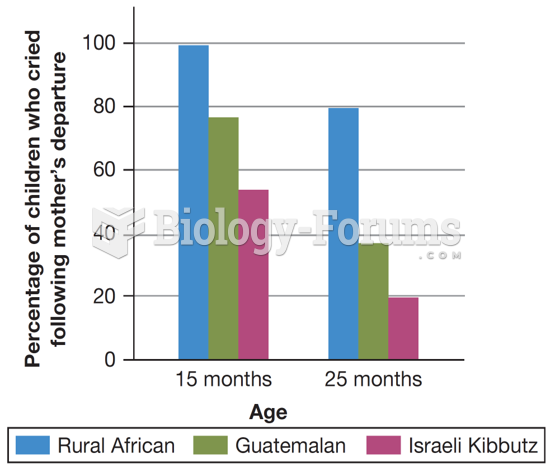|
|
|
Did you know?
Nitroglycerin is used to alleviate various heart-related conditions, and it is also the chief component of dynamite (but mixed in a solid clay base to stabilize it).
Did you know?
The first oncogene was discovered in 1970 and was termed SRC (pronounced "SARK").
Did you know?
People often find it difficult to accept the idea that bacteria can be beneficial and improve health. Lactic acid bacteria are good, and when eaten, these bacteria improve health and increase longevity. These bacteria included in foods such as yogurt.
Did you know?
The average office desk has 400 times more bacteria on it than a toilet.
Did you know?
There are 60,000 miles of blood vessels in every adult human.
 A young Lipizzan at the Spanish Riding School in training equipment, wearing saddle, bridle and long
A young Lipizzan at the Spanish Riding School in training equipment, wearing saddle, bridle and long
 The “Flat Head” (Chinook) Indians acquired their name through shaping in infancy, as shown in a diag
The “Flat Head” (Chinook) Indians acquired their name through shaping in infancy, as shown in a diag





